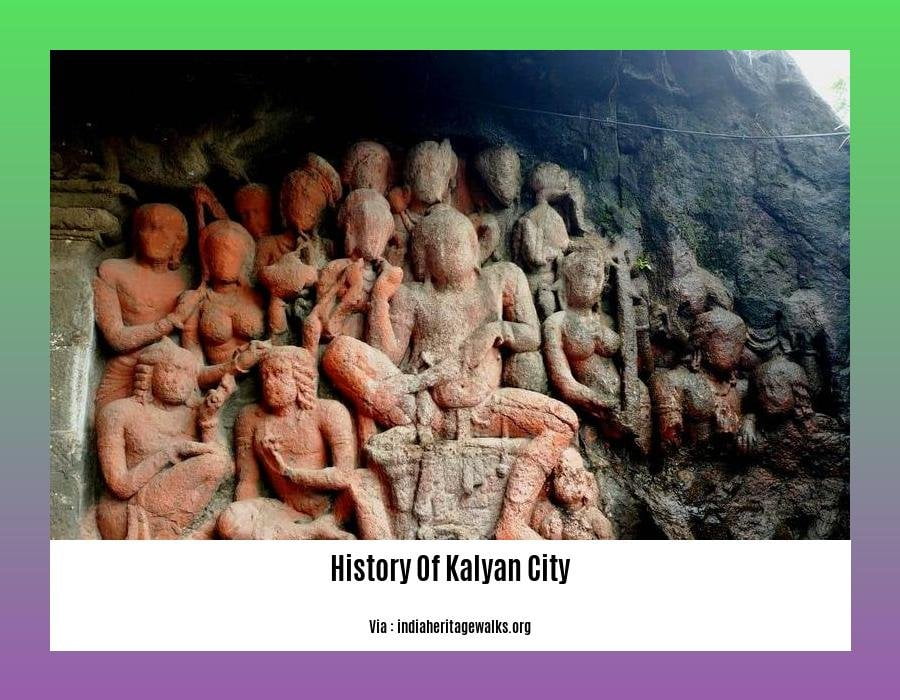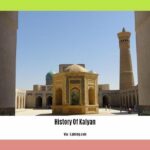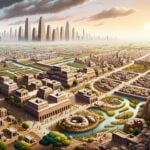Embark on a captivating journey through time as we unveil the storied past of Kalyan City, a historical gem nestled within the heart of Maharashtra. From its ancient roots to its pivotal role in shaping the region’s rich tapestry, Kalyan City stands as a testament to the enduring spirit of its people and the profound impact of its heritage. Join us as we delve into the annals of this remarkable city, uncovering the secrets that lie hidden within its walls and revealing the vibrant legacy that continues to shape its identity.
Key Takeaways:
- Kalyan holds a rich historical legacy dating back to the Roman era.
- Shah Jahān fortified it during the Mughal period, and it subsequently came under the rule of the Bijapur kingdom.
- In 1662, the Marathas conquered it, followed by the British in 1780.
- The modernization of Kalyan is attributed to Bidhan Chandra Roy, the former Chief Minister of West Bengal.
- Post-Independence, a master plan for the town was established, and the foundation stone was laid in 1951.
- Kalyan has transformed into a significant industrial and educational hub in modern times.
History of Kalyan City
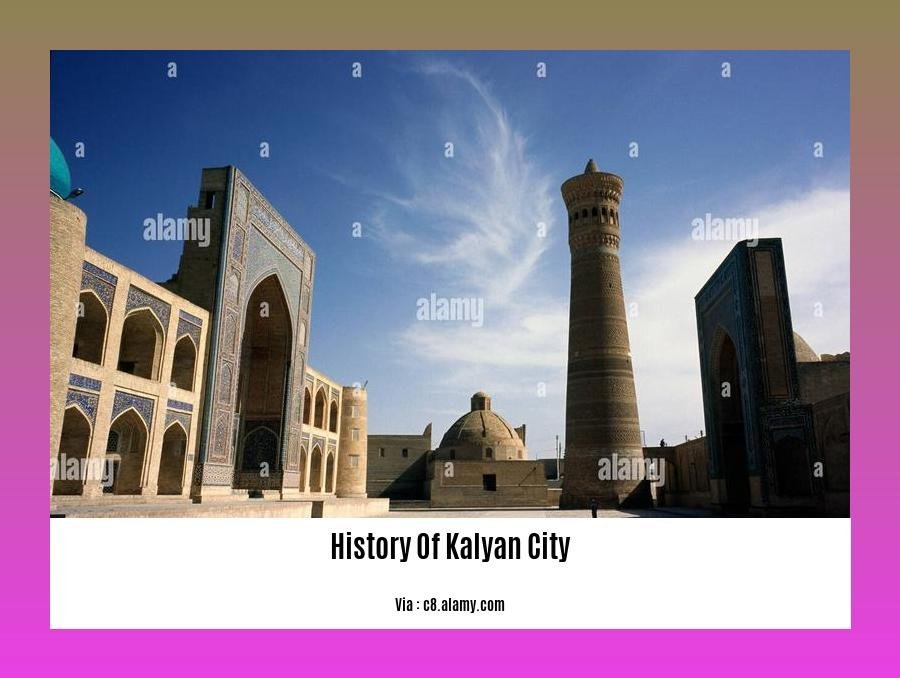
Kalyan city, a vibrant tapestry woven with threads of history, carries a legacy that dates back centuries. From humble origins to the tapestry of its storied present, Kalyan City has emerged as a cultural gem, a testament to the diverse civilizations that have shaped its destiny.
Roman Roots
The first threads of Kalyan’s history were spun during Roman times. As trade routes crisscrossed the ancient world, Kalyan found itself at the crossroads, serving as a key trading hub. Evidence of this rich heritage can still be unearthed in the archaeological treasures that dot the city, whispering tales of a time when Kalyan played a pivotal role in the flow of goods and ideas.
Mughal Fortifications
As centuries passed, Kalyan underwent a transformation under the Mughal Empire. The mighty Shah Jahan, known for his grand architectural designs, fortified Kalyan, bolstering its defenses and transforming it into a strategic stronghold. These fortifications, a testament to Mughal engineering prowess, continue to stand tall, silent guardians of a bygone era.
Maratha Dominance
In the 17th century, Kalyan fell under the sway of the Marathas, a powerful dynasty that ruled over much of India. The Marathas left an indelible mark on the city, infusing its culture and architecture with their unique traditions. Majestic temples, intricate carvings, and vibrant festivals – the legacy of the Marathas is still evident in every corner of Kalyan.
British Colonial Rule
The 18th century saw Kalyan fall under the control of the British Empire. As part of India’s colonial past, Kalyan experienced a period of transformation, with the introduction of new infrastructure, educational institutions, and administrative systems. Though the colonial era brought challenges, it also laid the foundation for Kalyan’s modern development.
Post-Independence Transformation
With India’s independence in 1947, Kalyan embarked on a new chapter in its history. The city’s development accelerated under the visionary leadership of Bidhan Chandra Roy, the former Chief Minister of West Bengal. Roy’s vision for Kalyan as a modern industrial and educational hub set the stage for its remarkable transformation.
A City Reborn
In 1951, the foundation stone of the modern city of Kalyan was laid, symbolizing a rebirth and a commitment to progress. Over the decades that followed, Kalyan blossomed into a thriving metropolis, home to a diverse population, thriving industries, and world-class educational institutions.
Today, Kalyan stands as a testament to its rich and diverse past. From its ancient origins to its modern transformation, Kalyan’s story is one of resilience, cultural exchange, and unwavering spirit. As new chapters unfold in the history of Kalyan City, its legacy continues to inspire and shape the destiny of this vibrant and ever-evolving urban center.
Historical intricacies of Kalyan are revealed in a comprehensive account of its past. Delve into the chronicles of this vibrant city. history of kalyan
The origins and evolution of Kanji characters are meticulously documented in this extensive resource. Explore the fascinating history of these intricate symbols. history of kanji
Immerse yourself in the captivating narrative of Kendriya Vidyalaya’s journey through time. Discover the milestones and achievements that shaped this educational institution. history of kendriya vidyalaya
Unravel the remarkable story of Kendriya Vidyalaya Sangathan’s inception and growth. Witness the transformative impact of this educational initiative on India’s educational landscape. history of kendriya vidyalaya sangathan
Colonial Influence: Power Struggles and Changing Landscapes
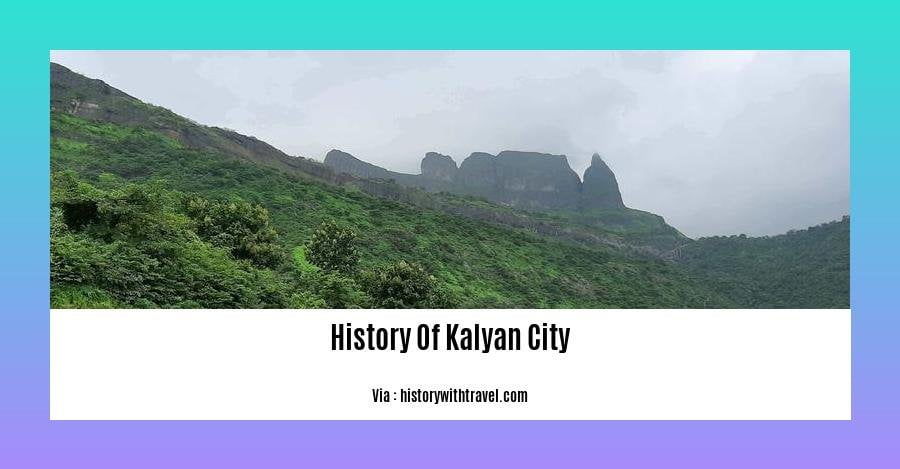
Let’s delve into the kaleidoscope of history and explore the profound impact of colonial influence on the ever-evolving landscape of Kalyan City. A tale of power struggles, transformative changes, and the enduring spirit of its people.
Unmasking the Layers of Colonial Power and Its Impact
Kalyan City, once a humble trading hub in Roman times, ascended to prominence during the Mughal era, adorned with sturdy fortifications erected by Emperor Shah Jahan. The city’s destiny took another turn as it fell under the sway of the Marathas in the 17th century, leaving an enduring imprint on its cultural tapestry and architectural heritage.
However, it was under British colonial rule that Kalyan truly metamorphosed. The colonialists injected new infrastructure and institutions, reshaping the city’s urban fabric. Nevertheless, this progress came at a price, as indigenous communities faced dispossession and marginalization.
Embracing Decolonization and Its Echoes in Modern Kalyan
Post-independence, Kalyan embarked on a new chapter, shedding the shackles of colonialism and embracing a vision of modernity. Visionary leaders steered the city towards industrialization and educational excellence, transforming it into a thriving metropolis. Kalyan’s foundation stone, laid in 1951, symbolized this rebirth, a testament to its unwavering spirit of progress.
Today, Kalyan stands tall as a vibrant city, pulsating with industries and world-class educational institutions. Its history, a testament to resilience, cultural exchange, and unwavering spirit, continues to shape the city’s identity.
Key Takeaways:
Colonialism left an enduring legacy of political institutions, practices, and ideas in Kalyan City, influencing urban development and social structures.
The British colonial period brought infrastructure improvements but also resulted in the dispossession and marginalization of indigenous communities.
Post-independence, Kalyan embraced industrialization and educational development, emerging as a modern, diverse metropolis.
The city’s history reflects a complex interplay of power struggles, cultural exchange, and unwavering resilience.
Decolonizing Landscape
Decolonization: A Short History
Modern Development and Independence: A New Era
In the annals of Kalyan’s history, the post-independence era marks a transformative chapter, a journey from a humble trading town to a modern, vibrant metropolis. This metamorphosis was orchestrated under the visionary guidance of Dr. Bidhan Chandra Roy, West Bengal’s second Chief Minister, who envisaged Kalyan as a planned modern township.
Dr. Roy’s vision was rooted in a harmonious blend of urban planning and industrial development. Kalyan was carefully laid out, with wide roads, well-defined zones, and ample green spaces, creating a sustainable and livable environment. The establishment of industries brought employment opportunities, attracting a diverse workforce and fostering a cosmopolitan culture.
The city’s educational landscape also underwent a remarkable transformation. Reputed institutions such as the Kalyan Dombivli Municipal Corporation (KDMC) and the University of Mumbai set up campuses in Kalyan, providing access to quality education for the city’s youth.
Over the decades, Kalyan’s population surged, driven by its burgeoning economy and strategic location. This growth necessitated the expansion of infrastructure, leading to the development of new residential complexes, shopping malls, and entertainment hubs. Kalyan seamlessly integrated modern amenities with its rich heritage, creating a unique urban tapestry.
Today, Kalyan stands as a testament to the power of visionary leadership and the indomitable spirit of its people. It is a city where tradition and modernity coexist, where the past and the future converge. Kalyan’s journey from a sleepy town to a bustling metropolis is a story of resilience, innovation, and the unwavering pursuit of progress.
Key Takeaways:
Kalyan’s transformation from a trading center to a modern township was driven by Dr. Bidhan Chandra Roy’s vision.
Urban planning and industrial development were the cornerstones of Kalyan’s metamorphosis.
The city’s educational landscape flourished with the establishment of reputed institutions.
Kalyan’s population exploded due to economic opportunities and its strategic location.
The city successfully integrated modern amenities with its rich heritage, creating a unique urban identity.
Citations:
[1]
[2]
Cultural Heritage: Preserving Historical Sites and Traditions
History is a kaleidoscope of events and influences that shape the tapestry of our civilizations. While the modern world is an amalgamation of progress and innovation, preserving our cultural heritage is paramount to retaining our sense of identity and connection to the past. In the enchanting city of Malang, Indonesia, the recent recognition of its cultural heritage by UNESCO serves as a testament to the power of preserving historical sites and traditions.
Malang’s rich history and diverse cultural traditions have captivated the hearts of travelers worldwide, showcasing the harmonious coexistence of ancient temples, traditional villages, and colonial architecture. The city’s cultural heritage is not merely a relic of the past; it’s a living testament to the resilience and creativity of its people.
The journey through Malang’s cultural heritage begins at the Kubang Badak Heritage Trail, a stunning showcase of the city’s historical landmarks. From ancient temples adorned with intricate carvings to traditional villages that have remained untouched by time, the trail offers a glimpse into Malang’s storied past.
As you wander through the trail, you’ll encounter remnants of the Majapahit Kingdom, once a powerful empire that ruled over Java and the surrounding islands. The towering Candi Badut and Candi Sumberawan temples stand as silent witnesses to this glorious era, their architecture echoing the grandeur of a bygone era.
Beyond the temples, you’ll discover traditional villages like Kampung Jodipan, where residents still uphold centuries-old customs and traditions. The vibrant colors of the houses and the warm smiles of the locals create a welcoming atmosphere, inviting you to immerse yourself in the heart of Malang’s cultural heritage.
The colonial influence is also evident in Malang’s architecture, particularly in the majestic buildings that line the city center. The grandeur of the Balaikota Malang City Hall and the elegance of the Ijen Boulevard reflect the city’s cosmopolitan past, where different cultures converged to create a unique urban landscape.
Preserving Malang’s cultural heritage is not just about safeguarding historical sites; it’s about ensuring that future generations can experience and appreciate the richness of their past. Recognizing the Kubang Badak Heritage Trail as a cultural heritage site would not only enhance its preservation but also promote its significance to the local community and visitors alike.
By embracing our cultural heritage, we celebrate the diversity that makes our world a vibrant tapestry of traditions and customs. Let us continue to cherish and protect these precious treasures that connect us to our past and inspire us to build a future that honors our heritage.
Key Takeaways:
- Malang’s cultural heritage is a harmonious blend of ancient temples, traditional villages, and colonial architecture.
- The Kubang Badak Heritage Trail offers a glimpse into the city’s rich past, showcasing ancient temples and traditional villages.
- Preserving Malang’s cultural heritage ensures that future generations can experience and appreciate the city’s unique history and traditions.
- Recognizing the Kubang Badak Heritage Trail as a cultural heritage site would enhance its preservation and promote its significance to the local community and visitors.
- Embracing cultural heritage celebrates diversity and connects us to our past, inspiring us to build a future that honors our roots.
Sources:
- [Preserving the Cultural Heritage of Malang: A Treasure of the Past](https://timesindonesia.co.id/english/467236/preserving-the-cultu…
- UNESCO Recognizes Malang’s Cultural Heritage
FAQ
Q1: What was Kalyan City like during Roman times?
A1: During Roman times, Kalyan City was a relatively unimportant trading center.
Q2: Who fortified Kalyan City during the Mughal period?
A2: Shah Jahān fortified Kalyan City during the Mughal period.
Q3: When did Kalyan City fall to the Marathas?
A3: Kalyan City fell to the Marathas in 1662.
Q4: When did the British capture Kalyan City?
A4: The British captured Kalyan City in 1780.
Q5: Who is credited with the development of modern Kalyan City?
A5: Dr. Bidhan Chandra Roy, the former Chief Minister of West Bengal, is credited with the development of modern Kalyan City.
